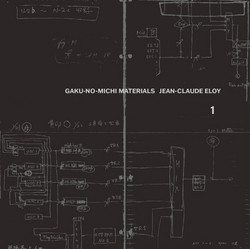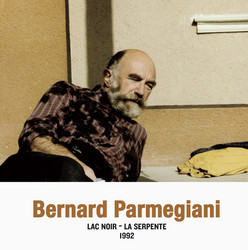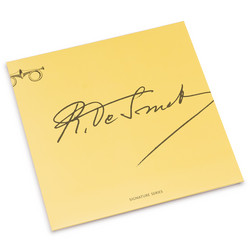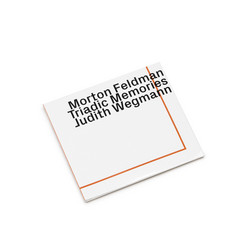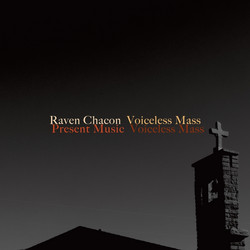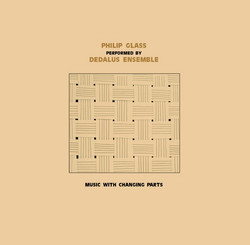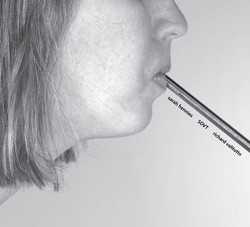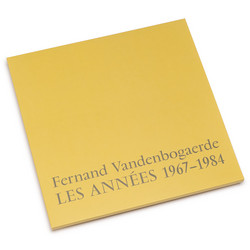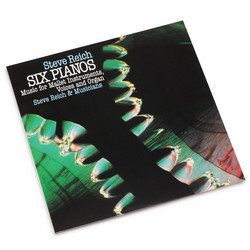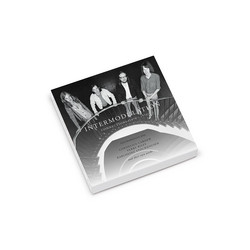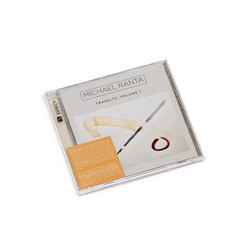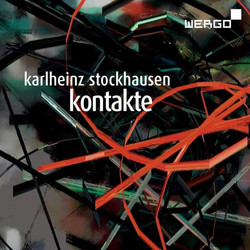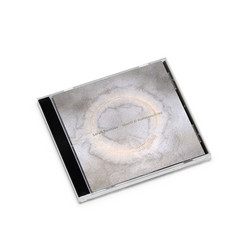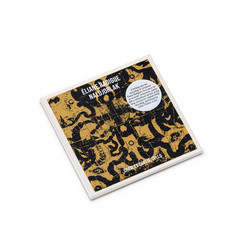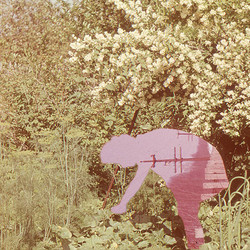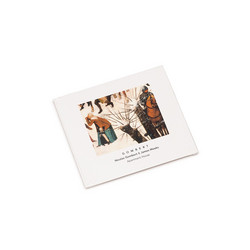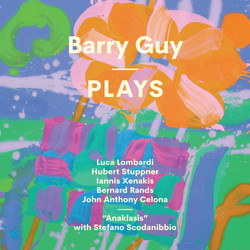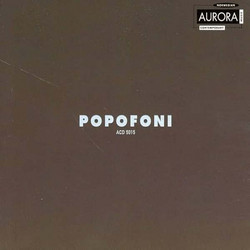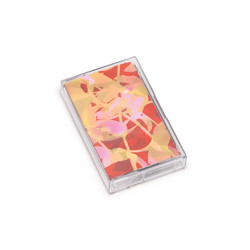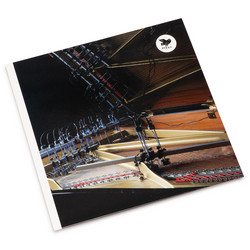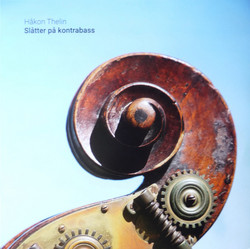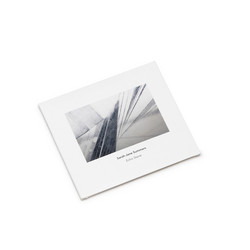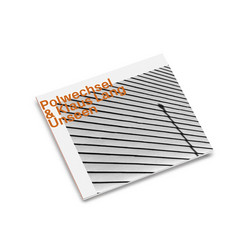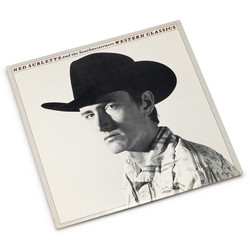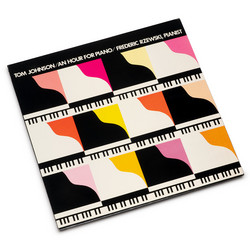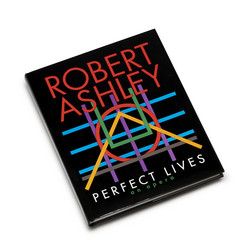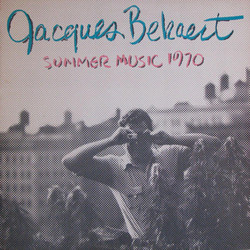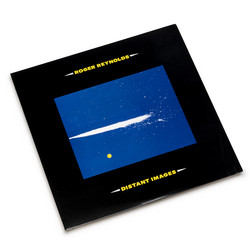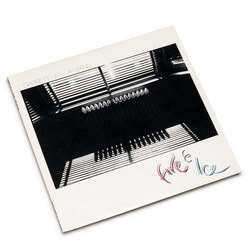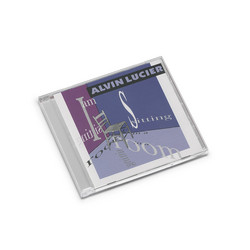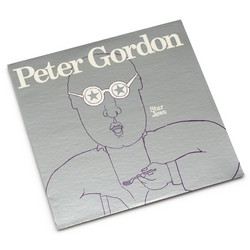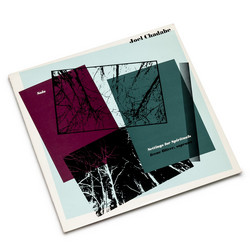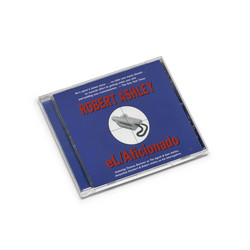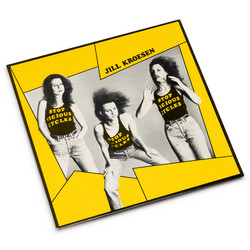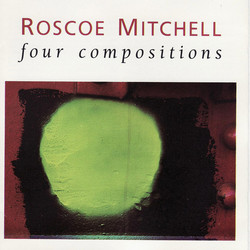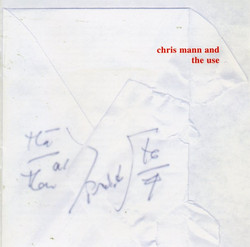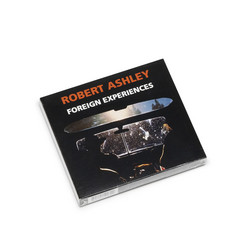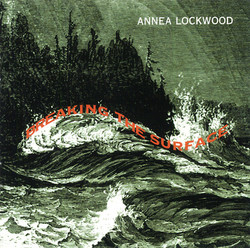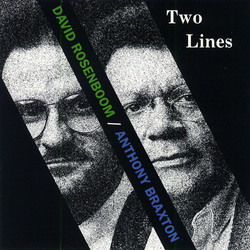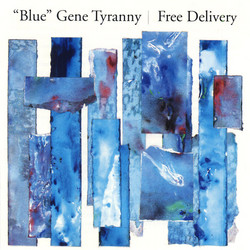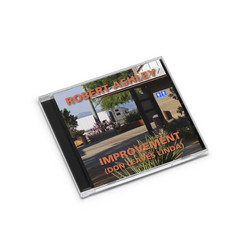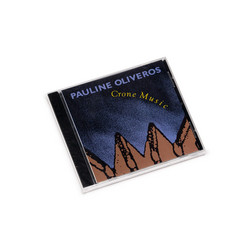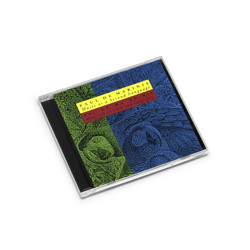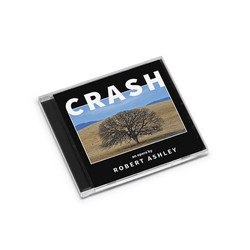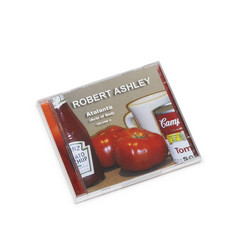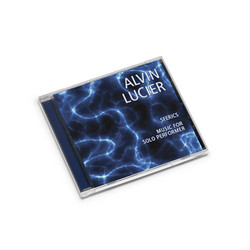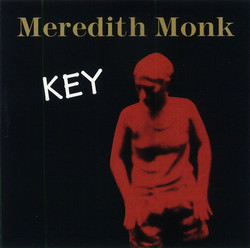1
2
3
4
5
File under: Musique ConcrèteContemporary
Barbara Held
Upper Air Observation (CD)
2025 stock 1992 release. Flutist Barbara Held presents works by Alvin Lucier, Nils Vigeland, and Yasunao Tone and a composition of her own. Known for her collaborations with composers, Held has beautifully chosen and performed this wide-ranging sampling of contemporary musical styles. Vara features Joseph Kubera on piano.
Details
File under: Musique ConcrèteContemporary
Cat. number: LCD 3031
Year: 1992
Notes:
"Vara" for flute and piano was composed in 1979. The title, discovered perusing the dictionary for another word for "variation," is a Portugese unit of measurement of no fixed length, a useful structural metaphor.
"Self-Portrait" is one of three works which explore the directivity of sound waves from musical instruments. In "Directions of Sounds from the Bridge" (1978), flashlights are activated by waves flowing from a cello; in "Shapes of Sounds from the Board" (1979), the physical movement of amplified piano tones are heard. In "Self-Portrait", a flutist stands several feet from a wind anemometer. A light is beamed through it, from the opposite side. As the flutist plays long tones toward the anemometer, streams of air from the lip of the flute cause its blades to spin at various speeds, hiding and revealing parts of her body.
"Self-Portrait" was conceived in 1979. It was completed in 1990 expressly for Barbara Held, who has performed it several times in the Unites States and Europe.
"Trio for a Flute Player" uses three sound components, sound from the flute itself, the flutist's voice and electronic sounds, all to be performed by the solo flutist. These components are based on a single source, poems from the 8th Century Japanese anthology, the Manyoshu.
The curvy line of calligraphy of the poem, overlaid by a musical staff, does not correspond with pitches or any tonalities but with the player's finger placements. (Note that a flute player uses nine fingers, coinciding with the number of lines and spaces of the staff---five lines and four spaces.)
Fingering, with its movement and pressure, triggers an electronic sound, varying in pitch and intensity, which is generated by an oscillator with a capacitor. The poems, translated in "The Peerless Mirror", are read through the flute mouthpiece. The sound of the original Manyoshu poems, the other part of the "signifier" of the poem, serves as the substructure for the rhythm and intensity of performance. The poems are not interpreted but transformed into sound.
Commissioned by Barbara Held and made possible by funding from the New York State Council on the Arts' Commissioning Program.
In "Lyrictron" the sound of the flute causes a text to be generated by a computer system.
The source of the flute score is a western transcription of flute tablatures from the Tang dynasty. When a tune is played the computer system detects pitches and converts the flute sound into a Haiku poem by choosing lines from a "dictionary" composed for this piece and stored in the computer. The poem is displayed on a TV monitor and is read aloud by the voice synthesizer at the same time.
The process of generating Haiku from pitches played on the flute through a pitch tracking program is somehow similar to the Surrealist's "Cadavre Exquis" method of writing a chance-determined poem. Commissioned by Mutable Music Productions for Barbara Held.
"Trio For A Flute Player" and "Lyrictron" were written as performance art, and are meant to be played and heard live. For both pieces, then, this recording is a documentation of but one performance.
Flute-to-Haiku conversion and pitch tracking software commissioned by Yasunao Tone, September, 1988.
The sounds for "Upper Air Observation", collected over the course of a year, include a radio sonde weather balloon launching, recorded at the National Weather Service in Atlantic City; a marine navigational system recorded off the coast of Spain; and the flute--air in motion. It is a collage of found sounds, the result of a sort of "audio anthropology."
Produced for Mutable Music Productions.
Engineered at Classic Sound.
Special thanks: Maurice Friedman (VIZ Corporation); Bob Gager, Wayne Albright & Jay Krieger (National Weather Service); Garuda Records; Brenda Hutchinson; Elisa Anachina; David Meschter; Tomas Molina.
Dedicated to Betty Held, 1932-1990
